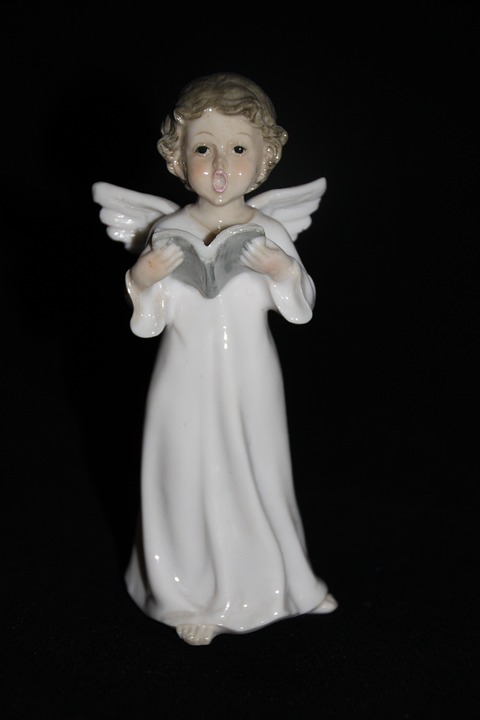Cycling a new fish tank is a crucial step in ensuring the health and well-being of your fish. By establishing a stable ecosystem with beneficial bacteria, you can maintain water quality and provide a healthy environment for your aquatic friends to thrive. In this article, we will guide you through the step-by-step process of cycling a new fish tank for healthy bacteria growth.
The first step in cycling a new fish tank is setting it up correctly. This includes choosing an appropriate tank size that can accommodate the type and number of fish you plan to keep. It’s important to ensure that your fish have enough space to swim and grow comfortably.
Next, you need to install a reliable filtration system. A quality filter helps remove debris and provides a surface area for beneficial bacteria to colonize. This is essential for maintaining water quality and breaking down harmful substances.
Adding a suitable substrate, such as gravel or sand, is also important. The substrate provides a surface for bacteria growth and supports the growth of live plants. Live plants not only serve as hiding spots for fish but also provide additional surface area for beneficial bacteria.
Decorating the tank with ornaments or live plants is not only aesthetically pleasing but also beneficial for bacteria growth. These decorations provide additional surface area for bacteria to colonize and contribute to the overall health of the tank.
Once the tank is set up, it’s time to introduce beneficial bacteria. There are a few effective methods to do this. One method is seeding with established media. If you have a mature aquarium or know someone who does, you can use some of their filter media or gravel to introduce beneficial bacteria into your tank.
Another option is to use commercial bacterial starter products. These products contain live bacteria cultures that can be added directly to your tank. It’s important to follow the instructions provided by the manufacturer for the best results.
Alternatively, you can opt for fishless cycling. This method involves adding a source of ammonia, such as fish food or pure ammonia, to the tank. As the ammonia breaks down, it provides a food source for the beneficial bacteria to establish and multiply.
During the cycling process, it’s crucial to monitor the water parameters regularly. Test the water for ammonia, nitrite, and nitrate levels using a reliable aquarium test kit. Initially, ammonia levels will spike, followed by a rise in nitrite levels. Once beneficial bacteria establish, nitrite levels will decrease, and nitrate levels will begin to rise.
Performing partial water changes throughout the cycling process is essential. Regular water changes help dilute any accumulated toxins and maintain a healthier environment for your fish. This also helps keep the water parameters in check and provides a stable environment for the beneficial bacteria to grow.
In terms of timing, the cycling process typically takes around 4-6 weeks. However, this duration may vary depending on factors such as tank size, the ammonia source used, and the efficiency of the introduced beneficial bacteria. It’s important to be patient and allow the process to run its course.
It is not recommended to add fish to a new tank during the cycling process. The high levels of ammonia and nitrite can be harmful or even fatal to fish. Patience is key to ensure a stable and healthy environment for your fish.
While there are products on the market that claim to accelerate the cycling process, it is generally advised to follow the natural cycling method. Rushing the process may lead to imbalances in the ecosystem and jeopardize the health of your fish.
During the cycling process, it’s important to avoid excessive cleaning. Lightly cleaning the glass and removing any debris is acceptable, but avoid disrupting the substrate or removing beneficial bacteria.
By following these steps and monitoring the water parameters closely, you can successfully cycle a new fish tank and establish a healthy environment for your aquatic friends. Remember, patience and proper care are essential for the long-term well-being of your fish.









